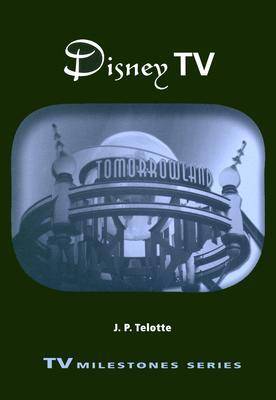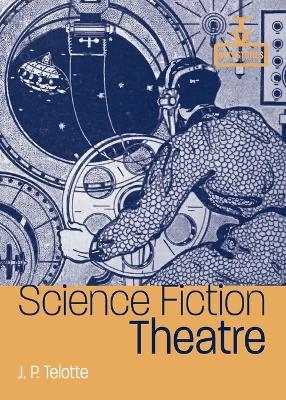TV Milestones
2 total works
The year 2004 marks the 50th anniversary of the Walt Disney Company's network television series Disneyland/The Wonderful World of Color. The series, part of Walt Disney's quest to re-create American entertainment, premiered October 27, 1954, on ABC and was the longest-lived program in television history. Over the years, Walt Disney's visions have evolved into family-oriented cinema, television, and theme parks. From the lovable Mickey Mouse and Donald Duck to magical places like Frontierland, Disney television generated some of the most popular fads of the era. In Disney TV, J. P. Telotte examines the history of the Disney television series while placing it in context - the film industry's reaction to television in the post-World War II era, the Disney Studios' place in the American entertainment industry, and Walt Disney's dream to create the modern theme park. Telotte's guiding principle in this examination is to illustrate how Disney changed the relationship between cinema and television and, perhaps more importantly, how it affected American culture. The conciseness of Telotte's book is a major advantage over other leading Disney scholarship. Detailed without including minutia, Telotte provides the reader with the key issues that surrounded the development of the Disney phenomenon. This book will attract a wide array of readers - scholars of television, media, and film studies, popular culture students, and all those touched by the magic of Disney.
In the wake of the juvenile space operas of the early 1950s, a groundbreaking series debuted and paved the way for one of viewers' favorite genres today: adult-oriented science fiction. Science Fiction Theatre aired with a fresh anthology-style narrative from the vision of veteran producer Ivan Tors and with compelling narration by Truman Bradley. Created by industry-leading syndicator Ziv Television Programs, the show pioneered a scientifically based approach to aliens, telepathy, and the mysteries of the universe that provided a model for Rod Serling's The Twilight Zone (1959–64) and a myriad of acclaimed programs that followed, including The Outer Limits (1963–65), The Ray Bradbury Theater (1985–92),and Black Mirror (2011–present). This book contextualizes Science Fiction Theatre within the budding American television industry of the 1950s, as powerful networks and independent producers and syndicators vied to create and distribute programming to an audience eager to embrace this new, free medium. Including a complete videography of this historically neglected series, author J. P. Telotte illuminates Science Fiction Theatre as a touchstone for understanding the development of science fiction media and the dynamic nature of early television broadcasting.

